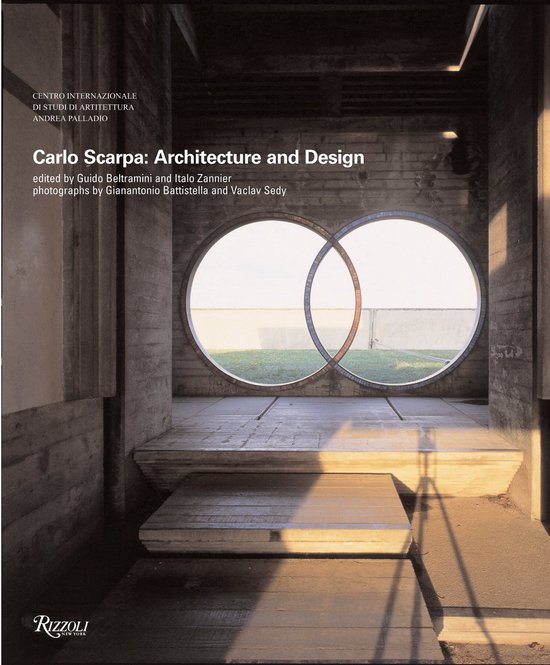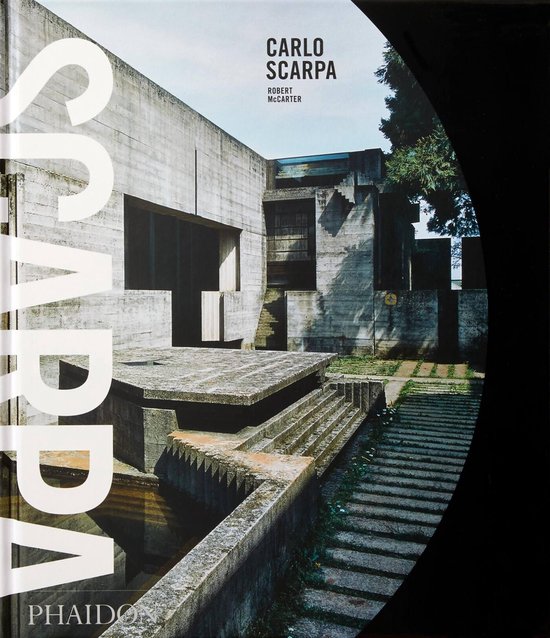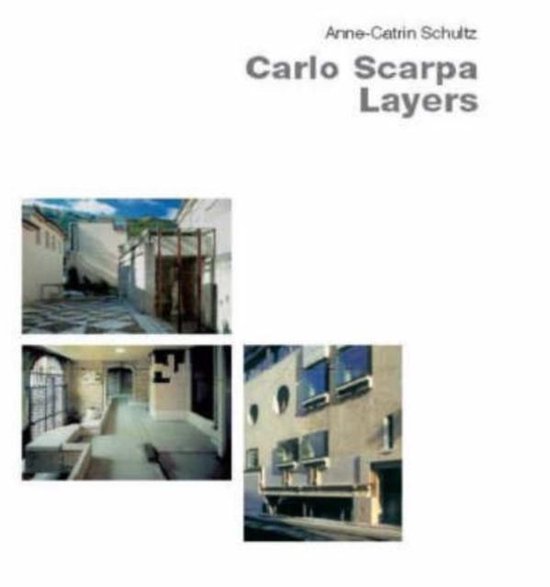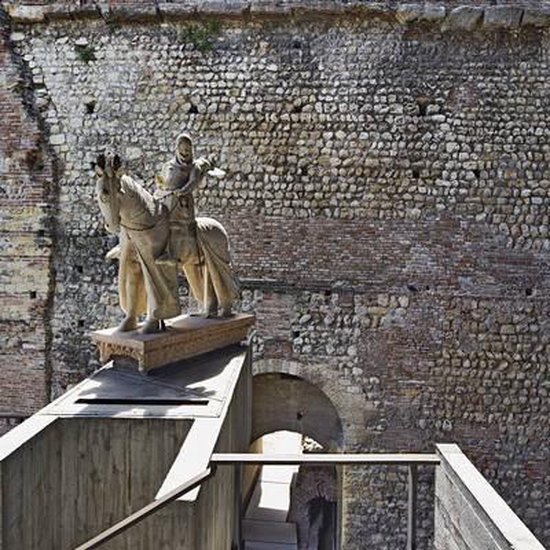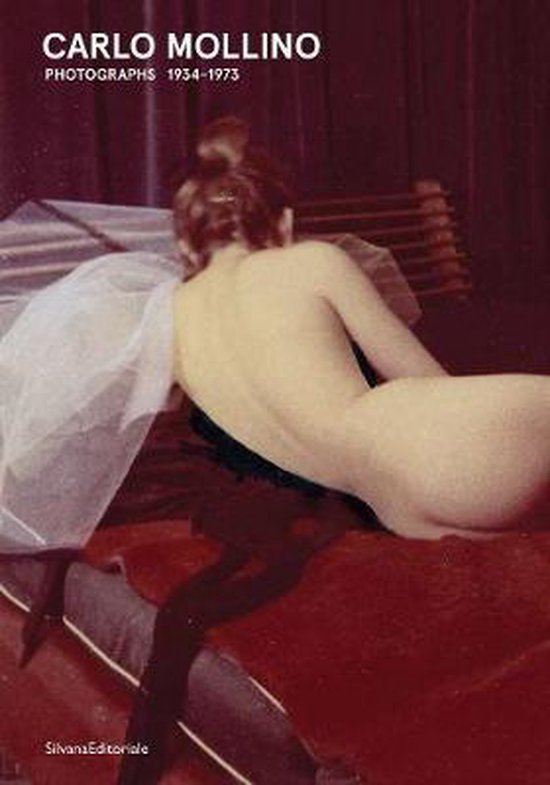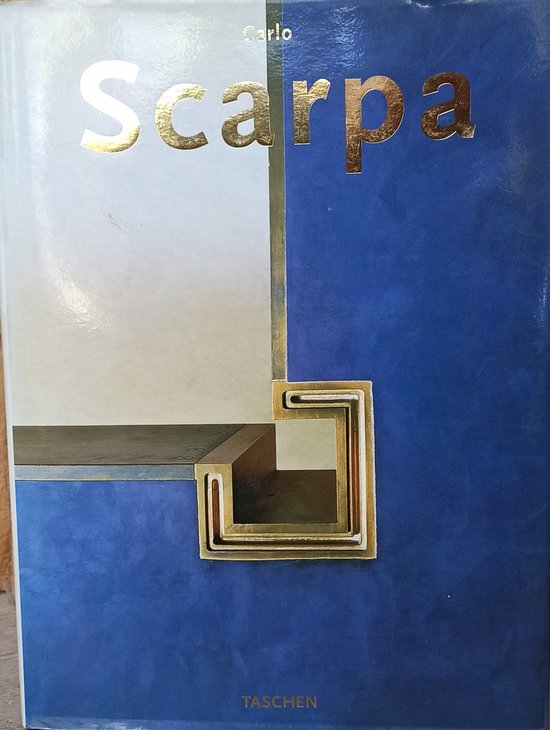
Carlo Scarpa
Carlo Scarpa was a virtuoso of light, a master of detail, a connoisseur of materials. In his lifetime he was often dismissed as merely an artist who also wanted to build. Today, however, it is clear that his own brand of Modernism made him one of the 20th-century architectural greats. Scarpa taught at the Venice architectural faculty. Over a period of three decades he designed exhibitions in London, Paris, Rome and Milan, and regularly for the Biennale in Venice, his native city. The major contributions to his fame, though, were museum projects such as the Gipsoteca Canoviana in Possagno and the Museo di Castelvecchio in Verona. Serpio Los was born in 1934 at Marostica near Vicenza and studied architecture in Versce Between 1964 and 1970 he worked as an assistant to Carlo Scarpa on many projects and wrote the first monograph on Scarpa tn 1967 Since 1968 he has been teaching and rescarching Architectural Design at the Istituto Urnmwersstario di Architettura di Venezia. He has also had architectural offices (together with Natasha Pulitzer) 1 Venice, Padua and Milan, and currently works rm Bassano del Grappa near Vicenza.
Carlo Scarpa war ein Virtuose im Umgang mut Licht, eu Meister des Details, ein Kenner von Materialien. Zu Lebzeiten wurde er oft »nur« als Künstler mit der Ehrgetz, auch zu bauen, abgetan. Mit serner Interpretation der Moderne zähit er heute jedoch zu den grofen Architektenpersönlichkeiten des Jahrhunderts. Scarpa lehrte an der Architekturfakultat von Venedig. Er gestaltete ùber dre: Jahrzehnte hinweg Ausstellungen mn London, Paris, Rom, Marland und vor allem immer wieder fur die Biennale seiner Heimatstadt Venedig. Bekannt wurde Scarpa durch seine Museumsprojekte wie die Gipsoteca Canoviana in Possagno und das Museo d: Castelvecchio in Verona. Sergio Los wurde 1934 in Marostica bei Vicenza geboren und studierte Architektur in Venedig. Zwischen 1964 und 1970 war er Assistent von Carlo Scarpa, mit dem er an zahlreichen Projekten zusammenarbeitete und über den er 1967 die erste Monographie schrieb. Seit 1968 tehrt und forscht er im Bereich Architektur am Istituto Universitario di Architettura di Venezia. Er unterhielt Architekturbüros (zusammen mit Natasha Pulitzer) in Venedig, Padua, Matland und arbeitet heute in Bassano del Grappa bei Vicenza.
Virtuose des effets de lumière, maître du détail, fin connaisseur en matériaux: Carlo Scarpa a été tout cela. De son vivant il fut considéré avant tout comme un artiste dont l'ambition n'était que de construire. Et pourtant… Vinterprétation qu'il nous a laissée de l'art moderne sur le plan architectural a fait de tui une des personnalités les plus importantes du 2oème siècle, Scarpa, qui enseignait à la faculté d'architecture de Venise, a pendant plus de trente ans orchestré des expositions à Londres, Paris, Rome et Milan, sans oublier celles organisées par la Biennale de Venise, sa ville natale. Il doit avant tout sa célébrité à ses aménagements de musées, tel celui de la Gipsoteca Canoviana à Possagno ou celui du Museo di Castelvecchio à Vérone, Sergio Los est né en 1934 à Marostica près de Vicence. Il a étudië l'architecture à Venise et a été entre 1964 et 1970 l'assistant de Carlo Scarpa, collaborant ainsi à de nombreux projets. Il a écrit la première monographie de Scarpa en 1967. Depuis 1968 Sergio Los enseigne à Finstitut universitaire d'Architecture de Venise et fait des recherches dans le domaine du design architectural, Il a entretenu des bureaux d'architecture avec Natasha Pulitzer à Venise, Padoue, Milan et travaille aujourd'hui à Bassano del Grappa près de Vicence.
| Auteur | | Sergio Los |
| Taal | | Engels |
| Type | | Hardcover |
| Categorie | | Kunst & Fotografie |
